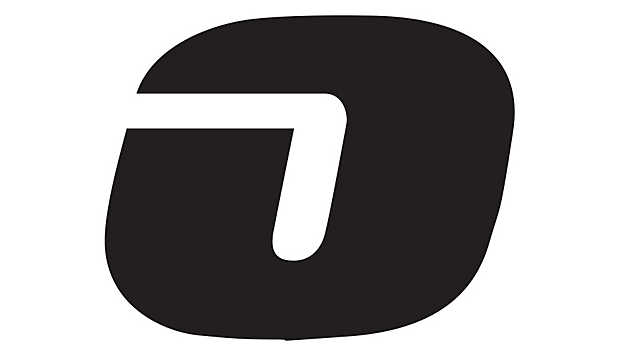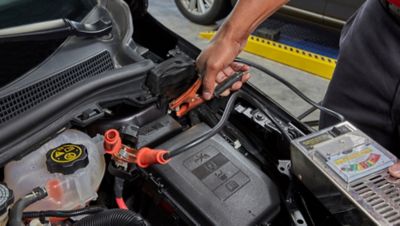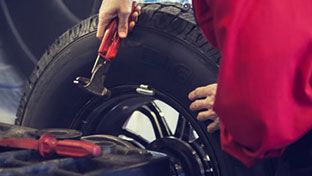Let's start with a brief overview of your fuel system.
- The gas tank is the reservoir for the system and holds gas or diesel.
- Fuel lines are the hoses that carry the fuel from the tank to the engine.
- Fuel filters capture any dirt or grit that may be in the lines, to prevent clogging the injectors.
- Fuel pumps push the fuel past fuel filters and through the fuel injectors.
- Fuel injectors have tiny nozzles that shoot a very fine spray of fuel into the cylinder.
- A spark plug ignites the fuel and causes the explosion that powers the crankshaft and moves the car.

Here's an important point in all of this: The spray from the fuel injectors needs to be wide and fine for the spark to ignite it. Think of the way you want an aerosol cleaner or hairspray to come out of the can — an even, fine mist. If the tiny nozzles on the fuel injectors get clogged, you get a gloppy stream instead. This doesn't ignite fully. You get less power while using more gas. Bad news all around.
What clogs the fuel system? Fuel, oddly enough. Fuel varnish deposits are usually what gets in the way of that perfect cone of fine droplets.
If you're noticing:
- A loss in power
- Lower gas mileage
- Hesitation when you put your foot down
It may be time for a fuel system cleaning. It takes 3 separate steps to get your fuel system really clean. (We do all three).
- Clean the gas pump, fuel lines and injectors by adding cleaner to the gas and running the engine.
- Add a second cleaner directly to the warm engine to remove gunk and carbon deposits from the combustion chambers.
- Finally, hand-clean the air intake using a third cleaner and bottle brushes to remove rough deposits that disturb air flow and cut efficiency.
Bring your car or truck to any of our stores for a free consultation.

